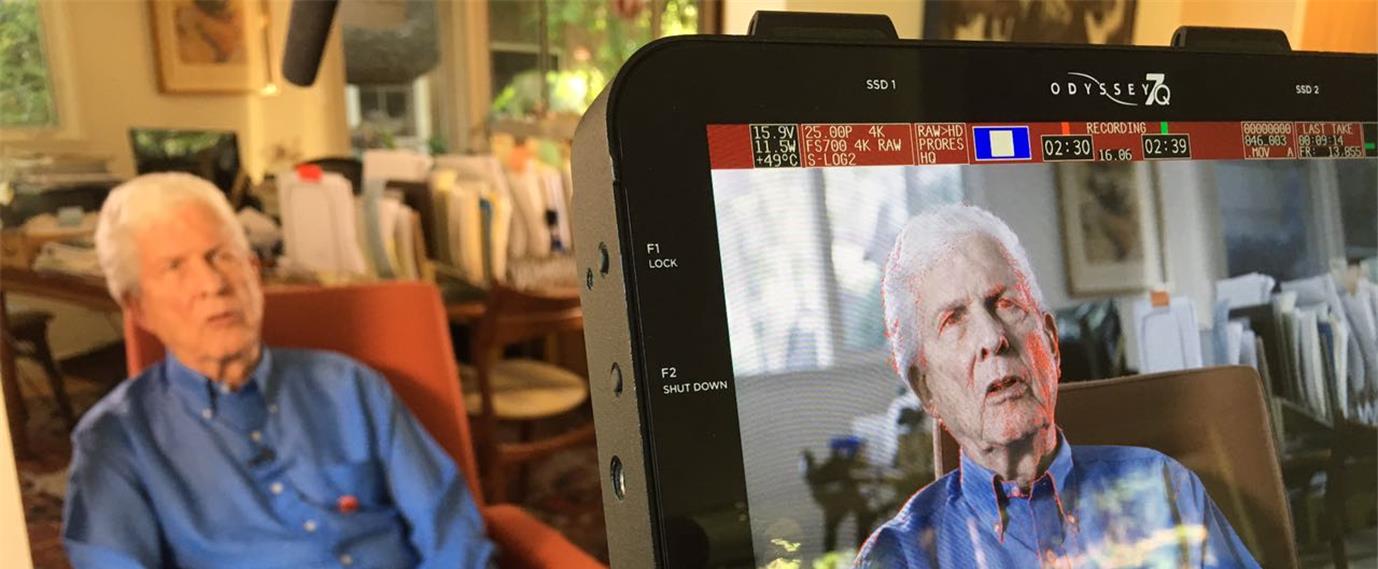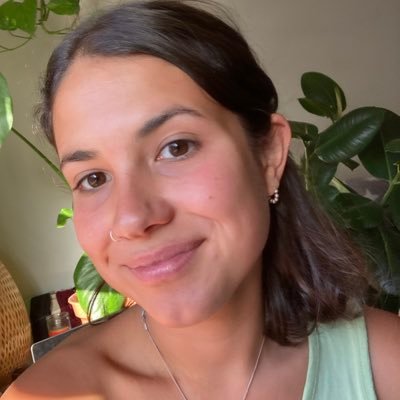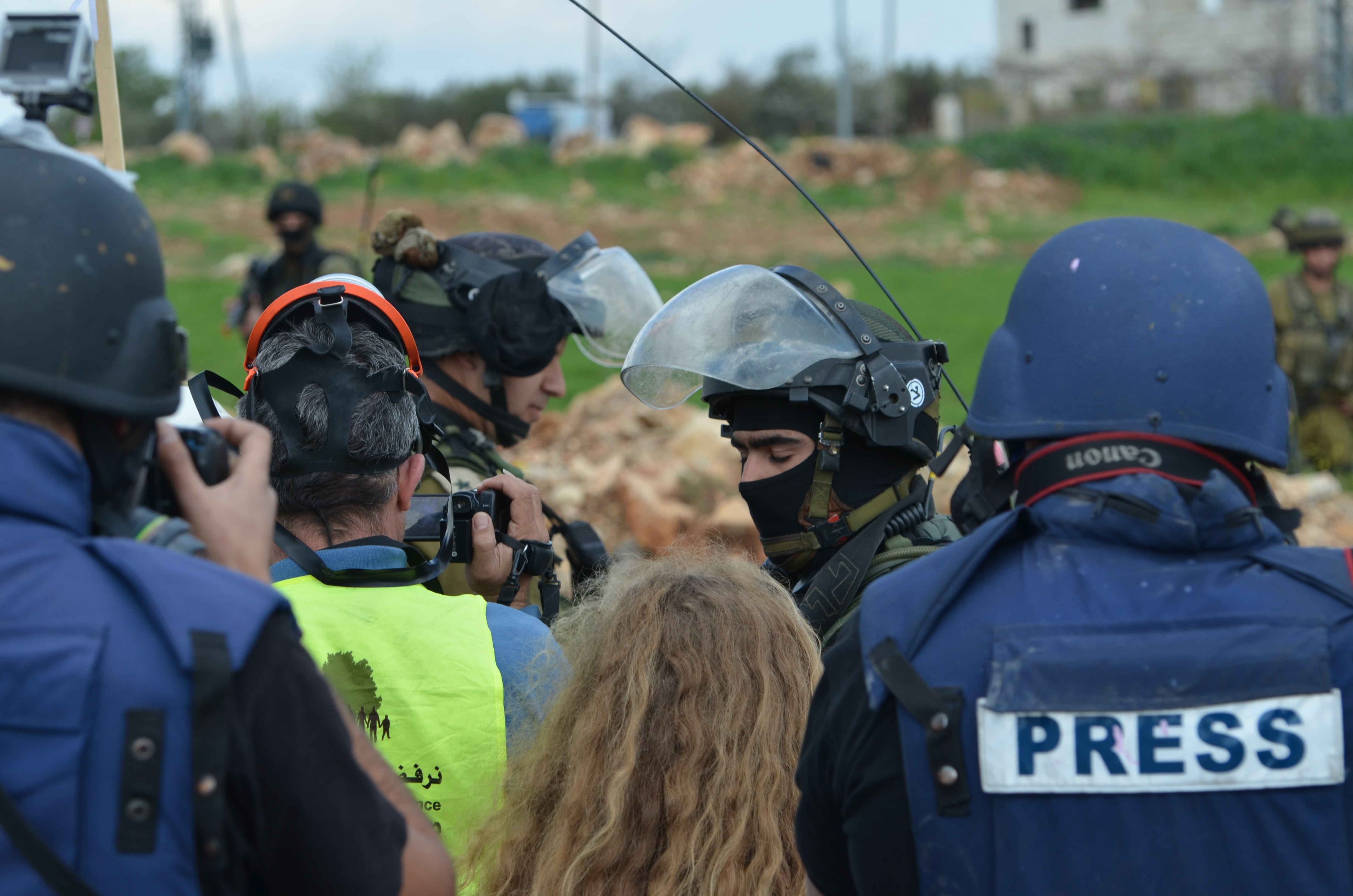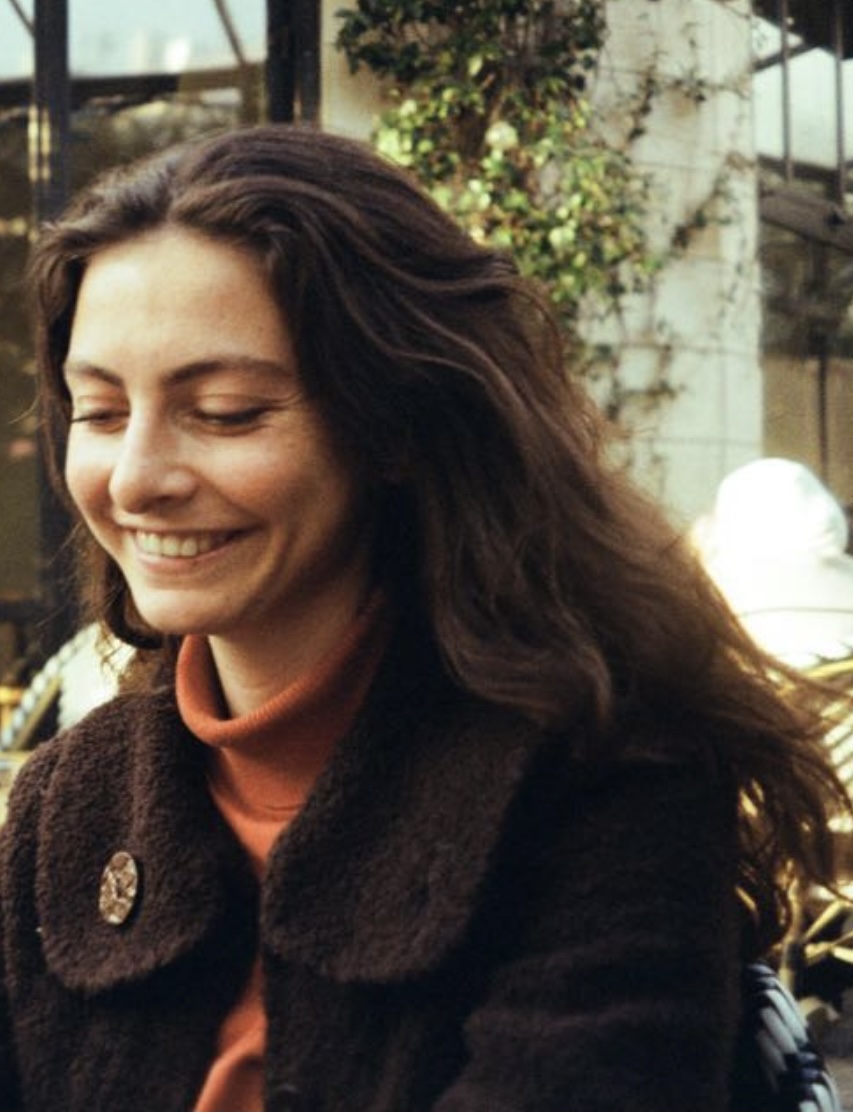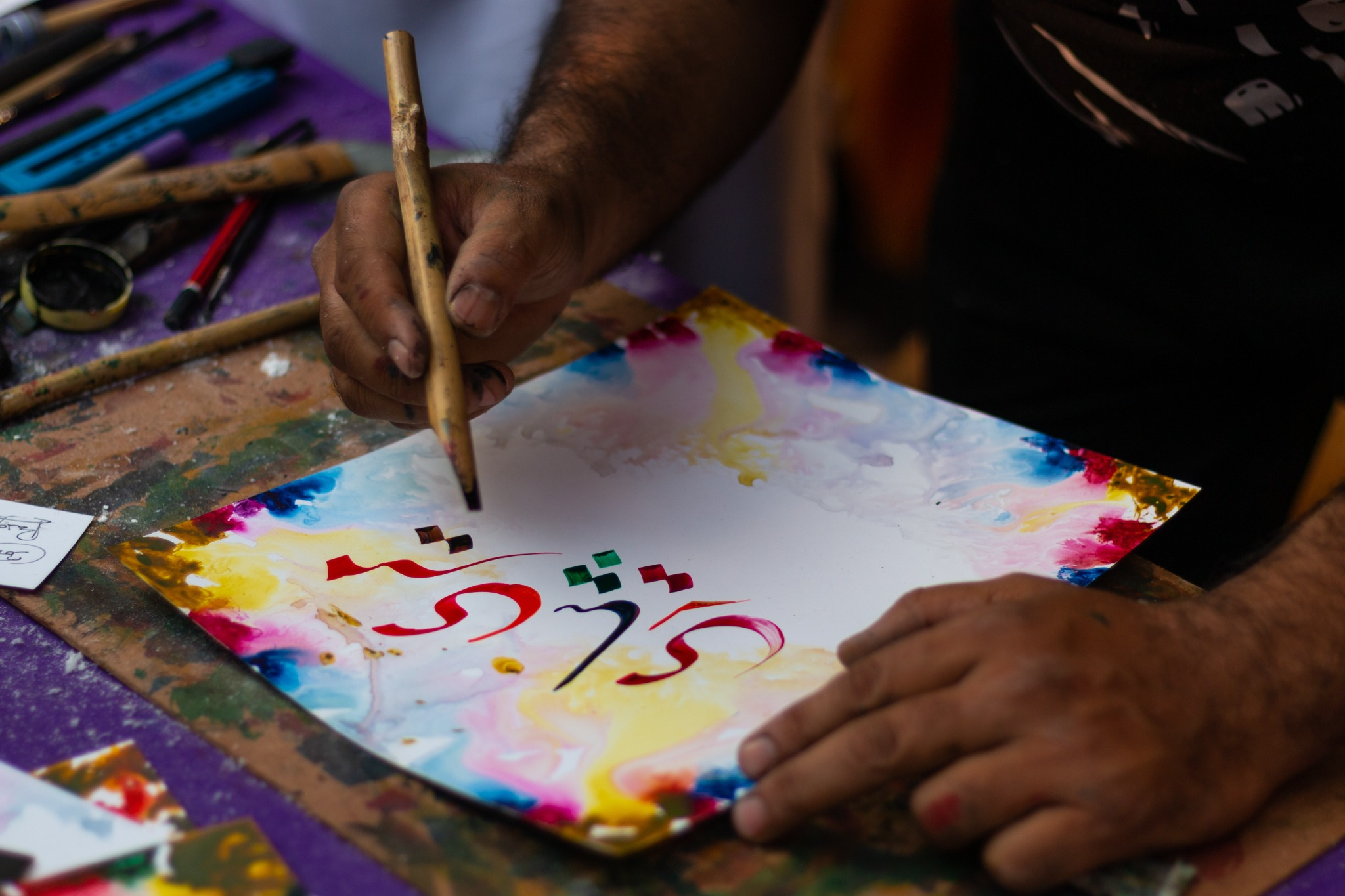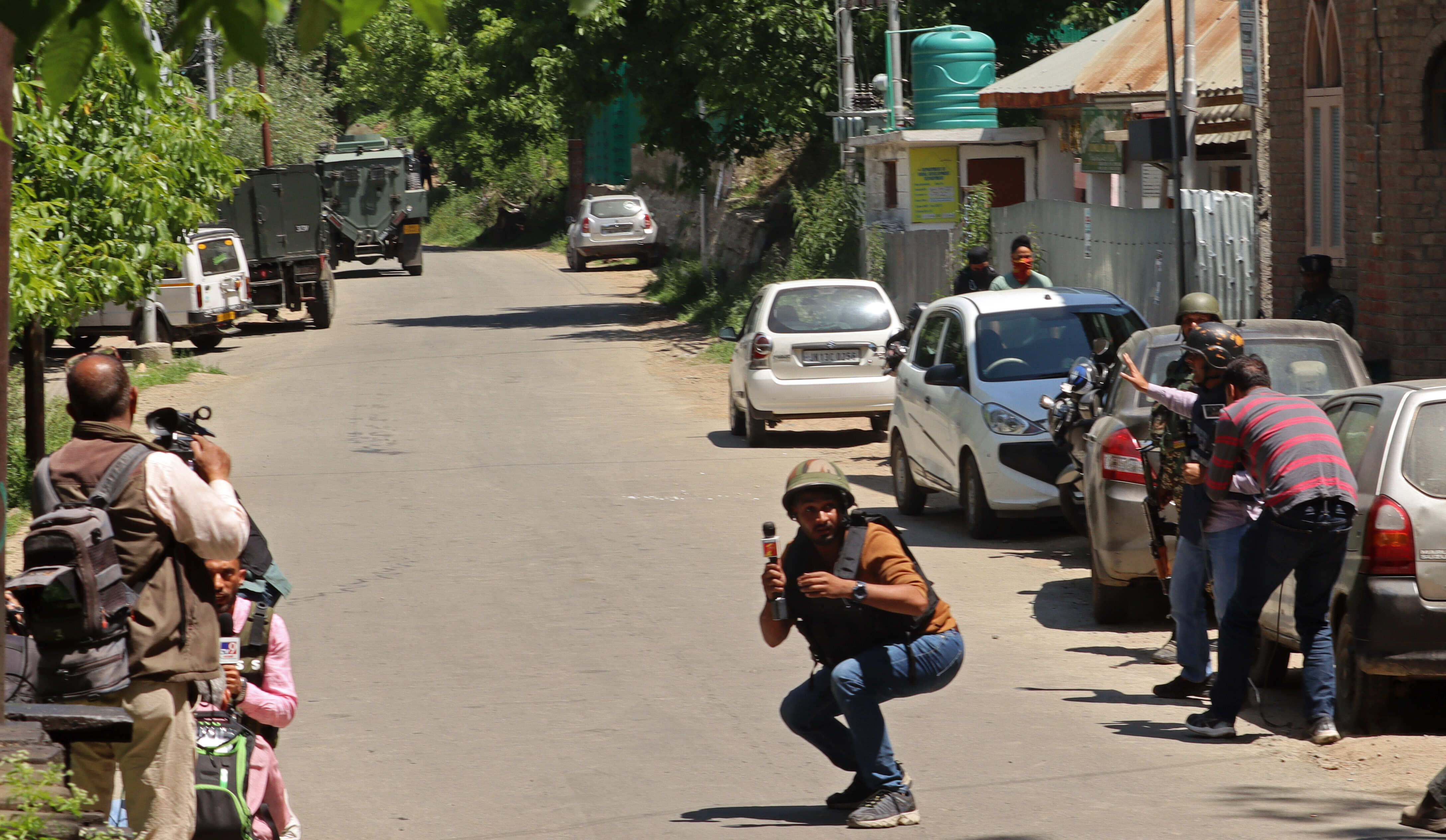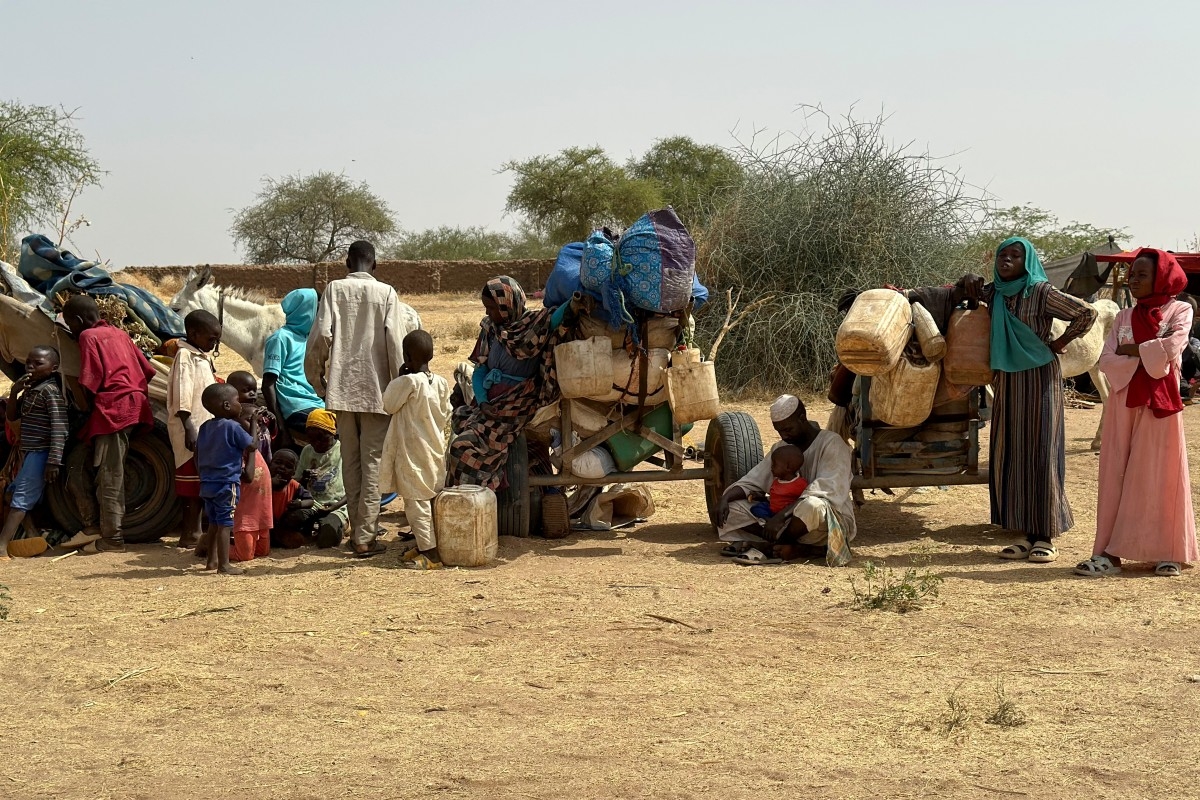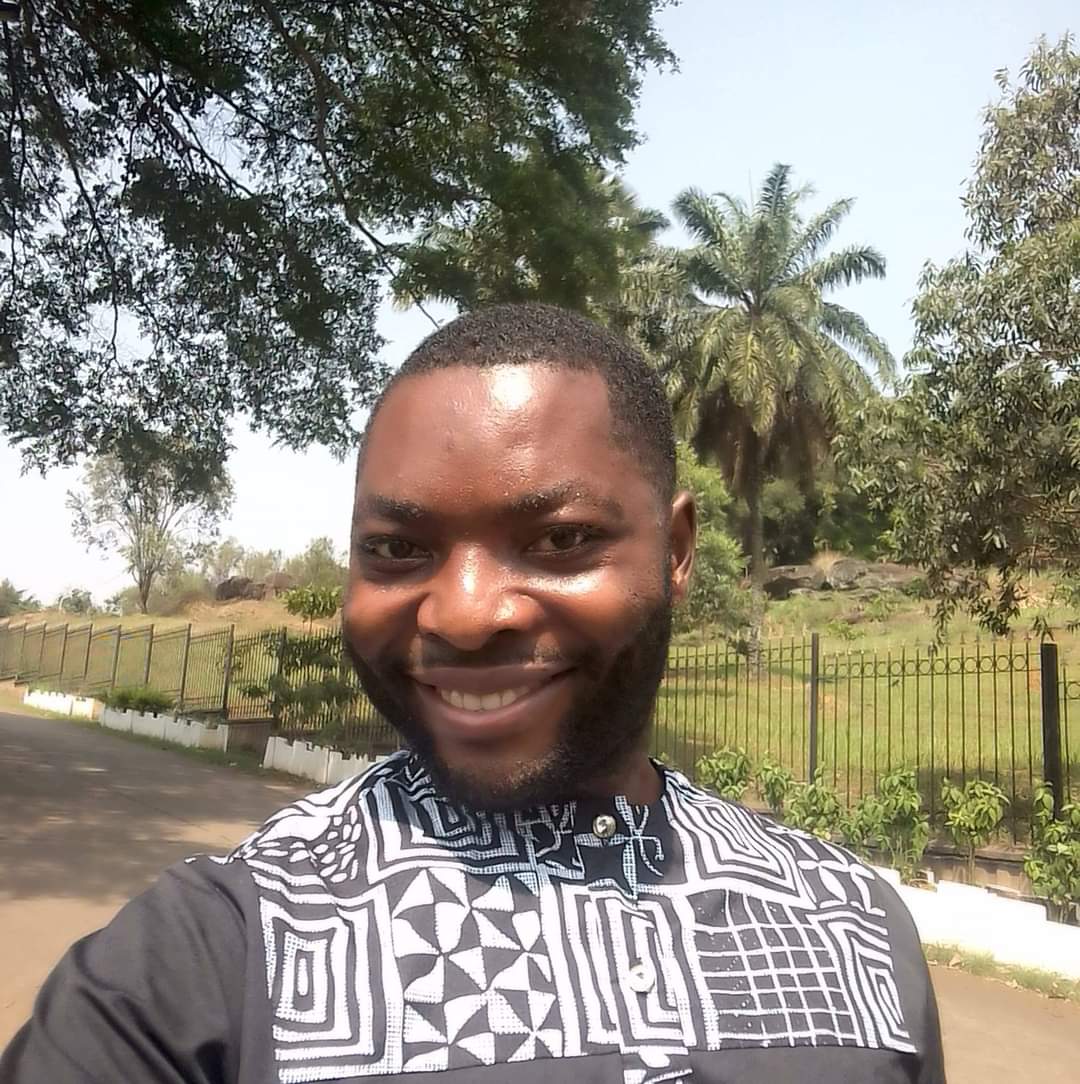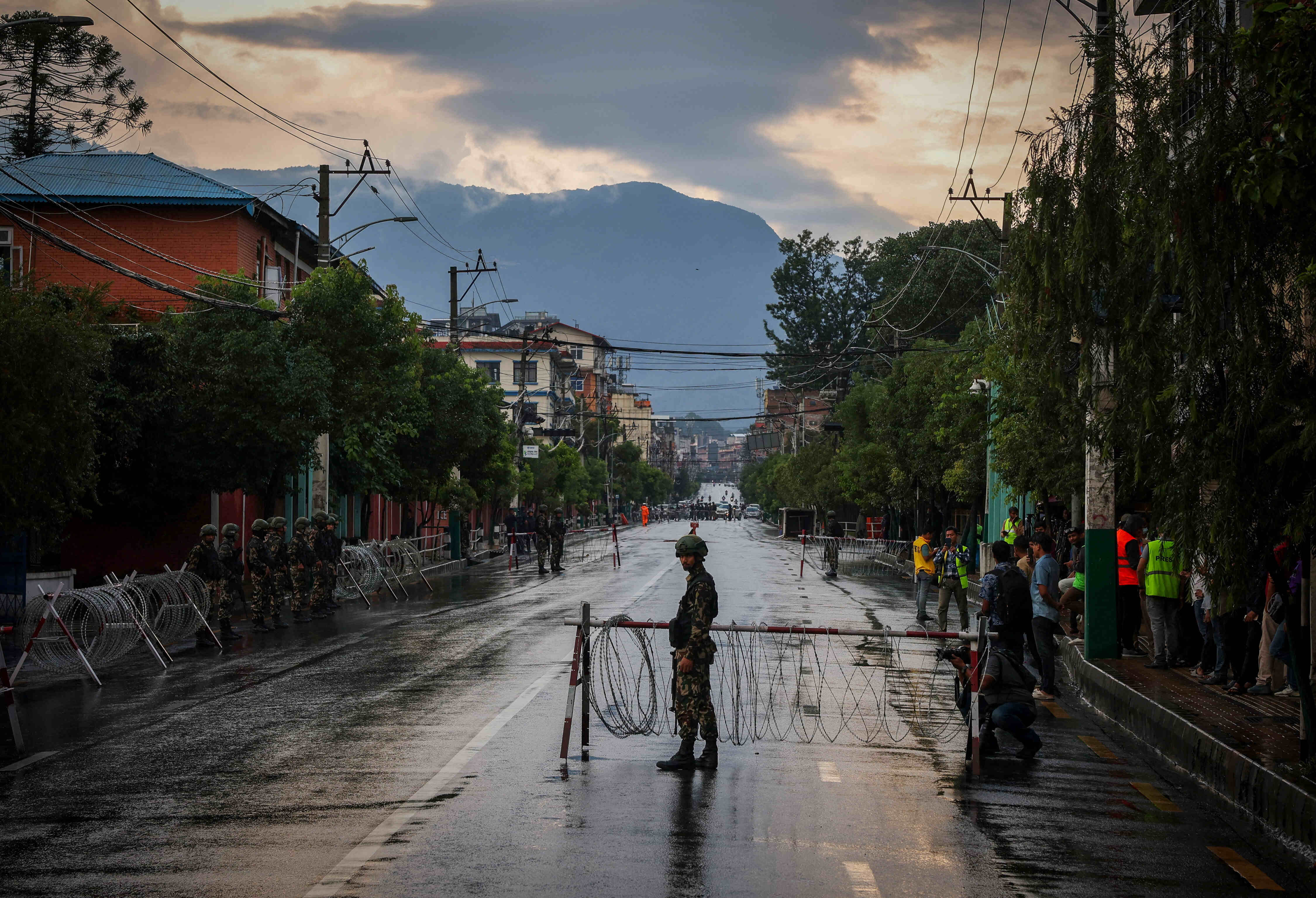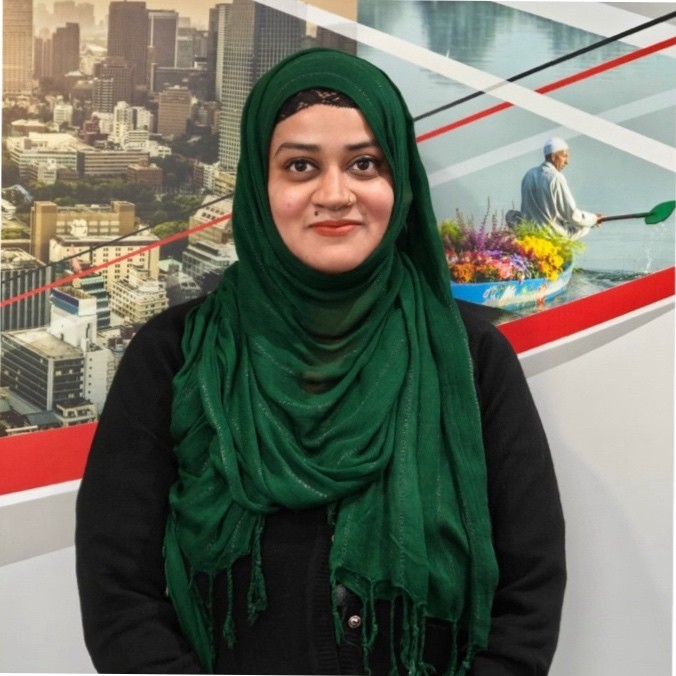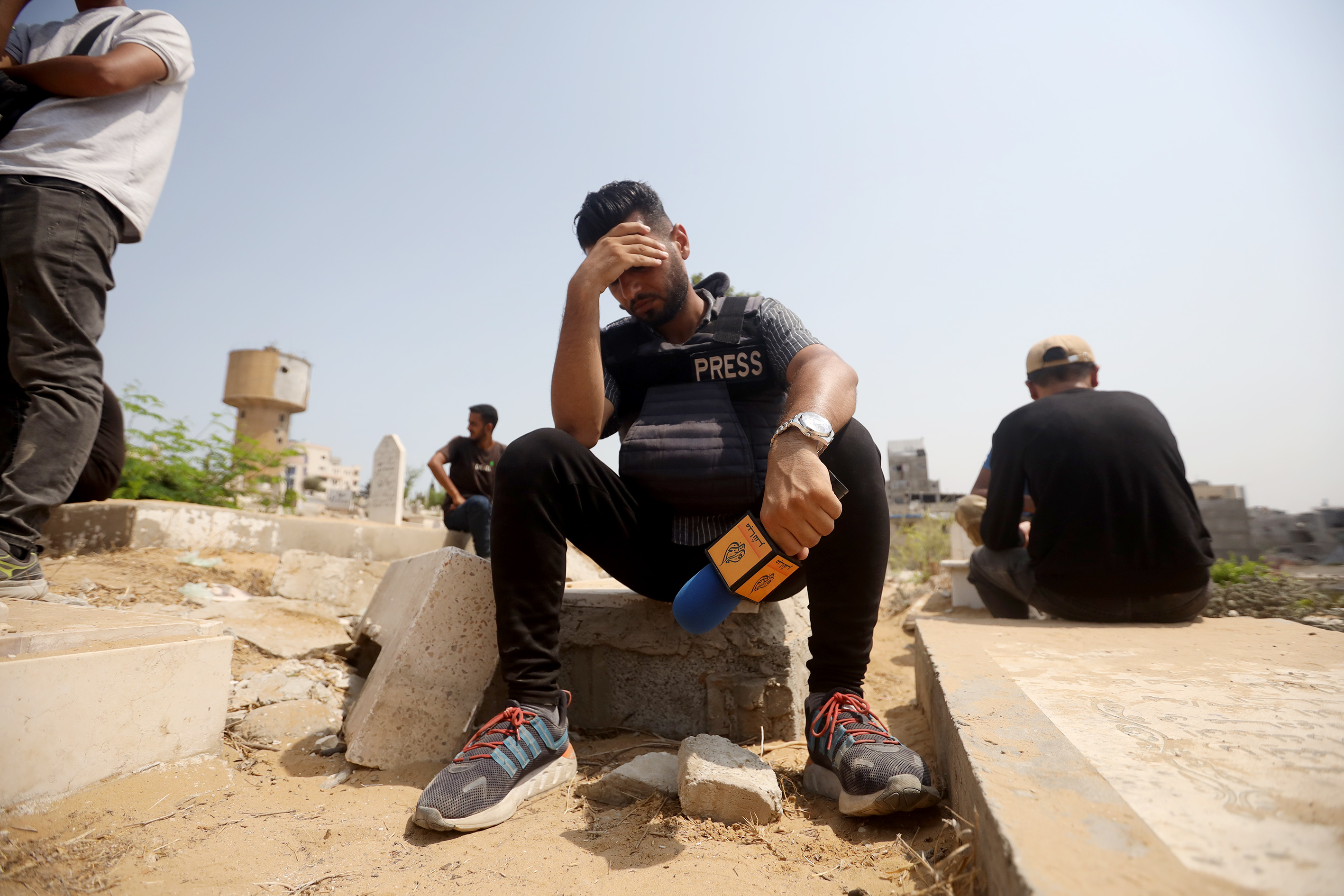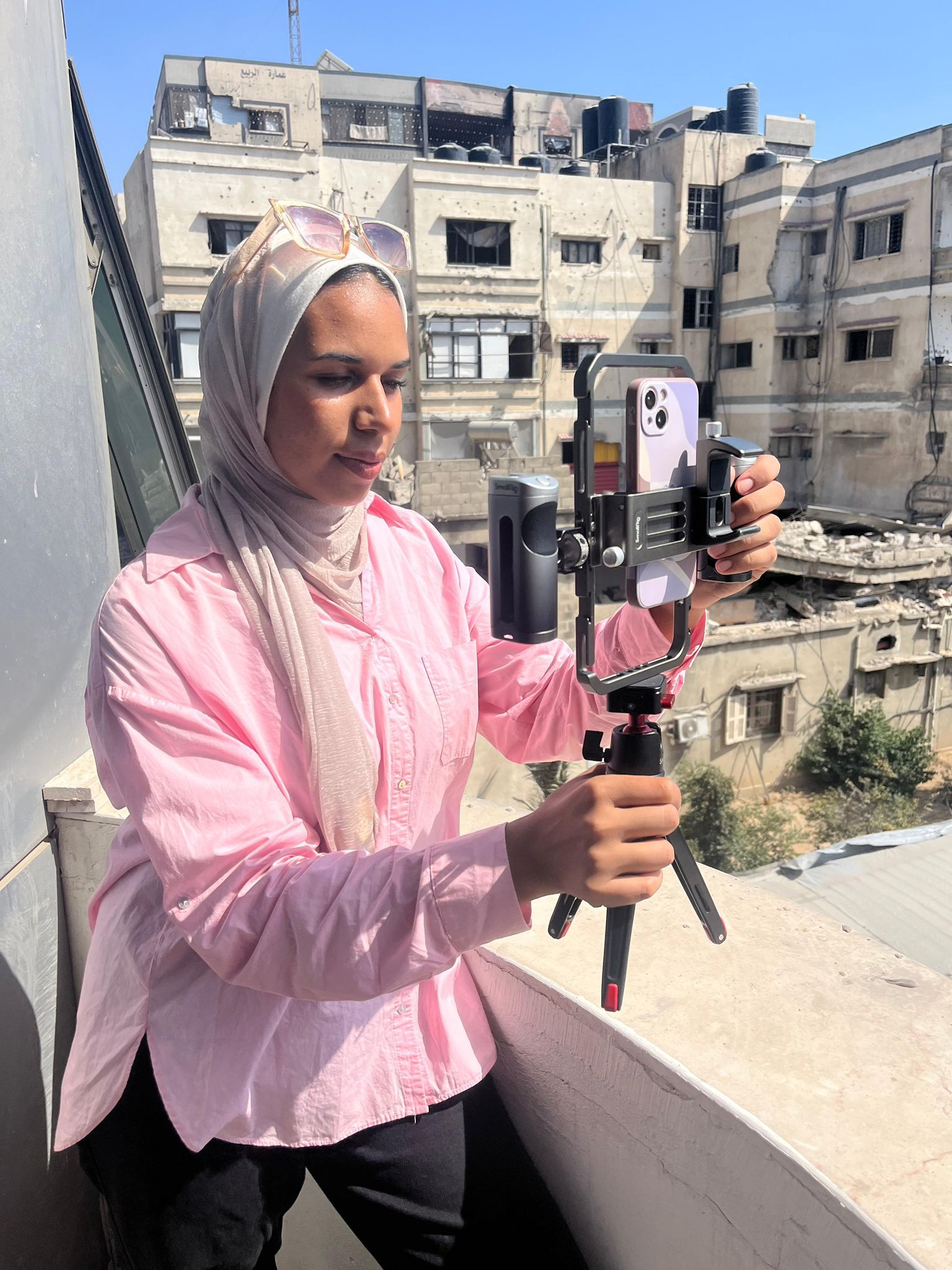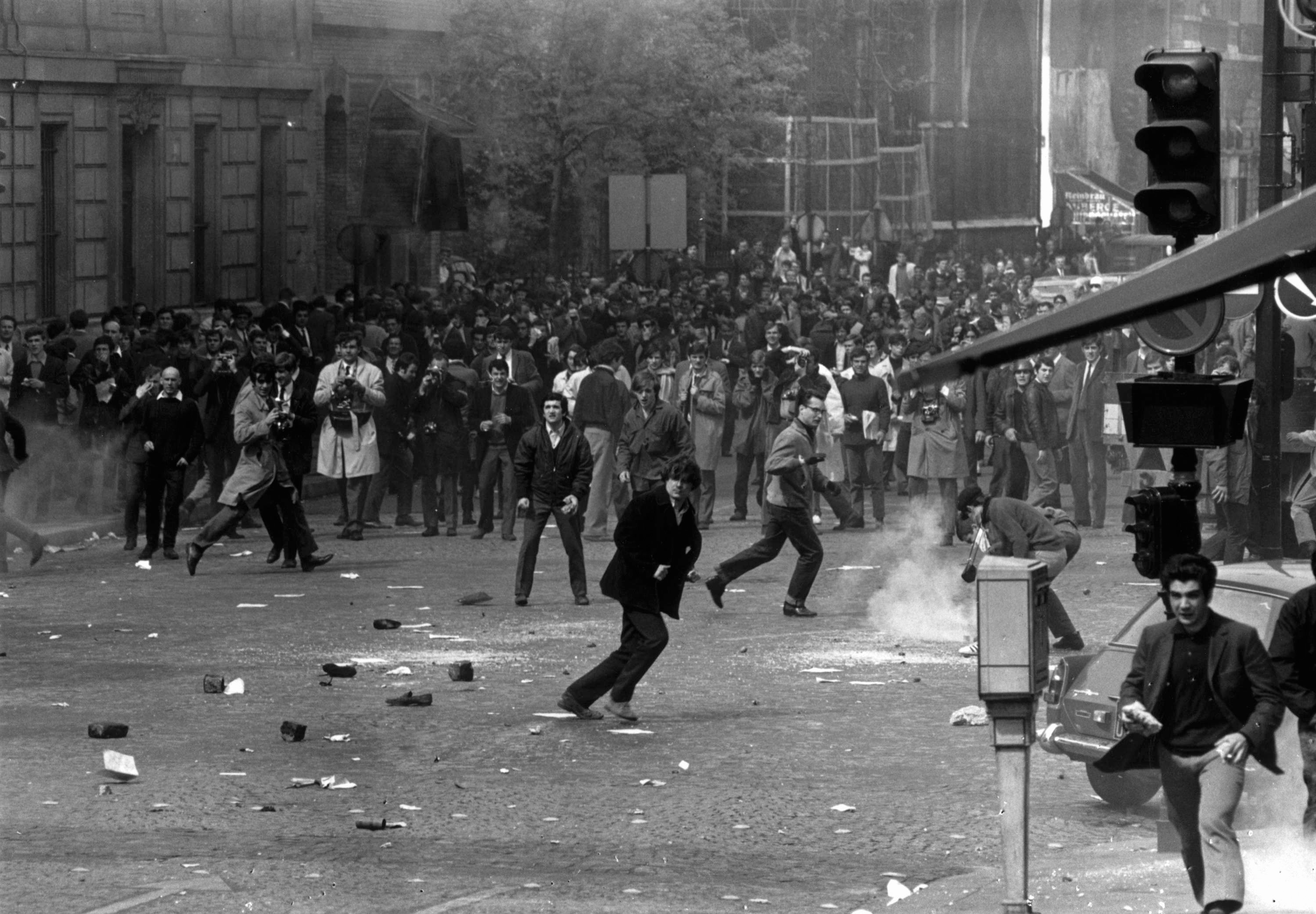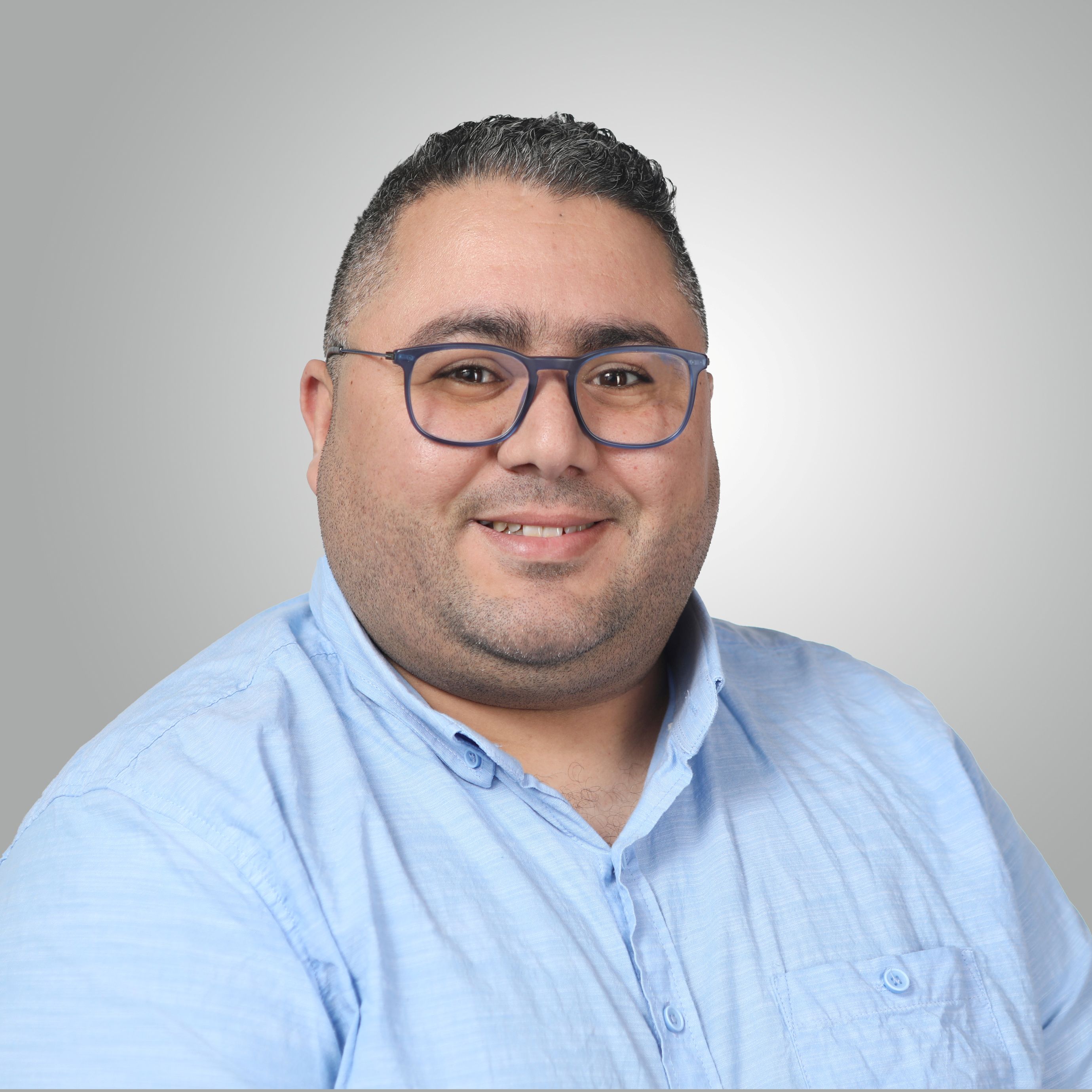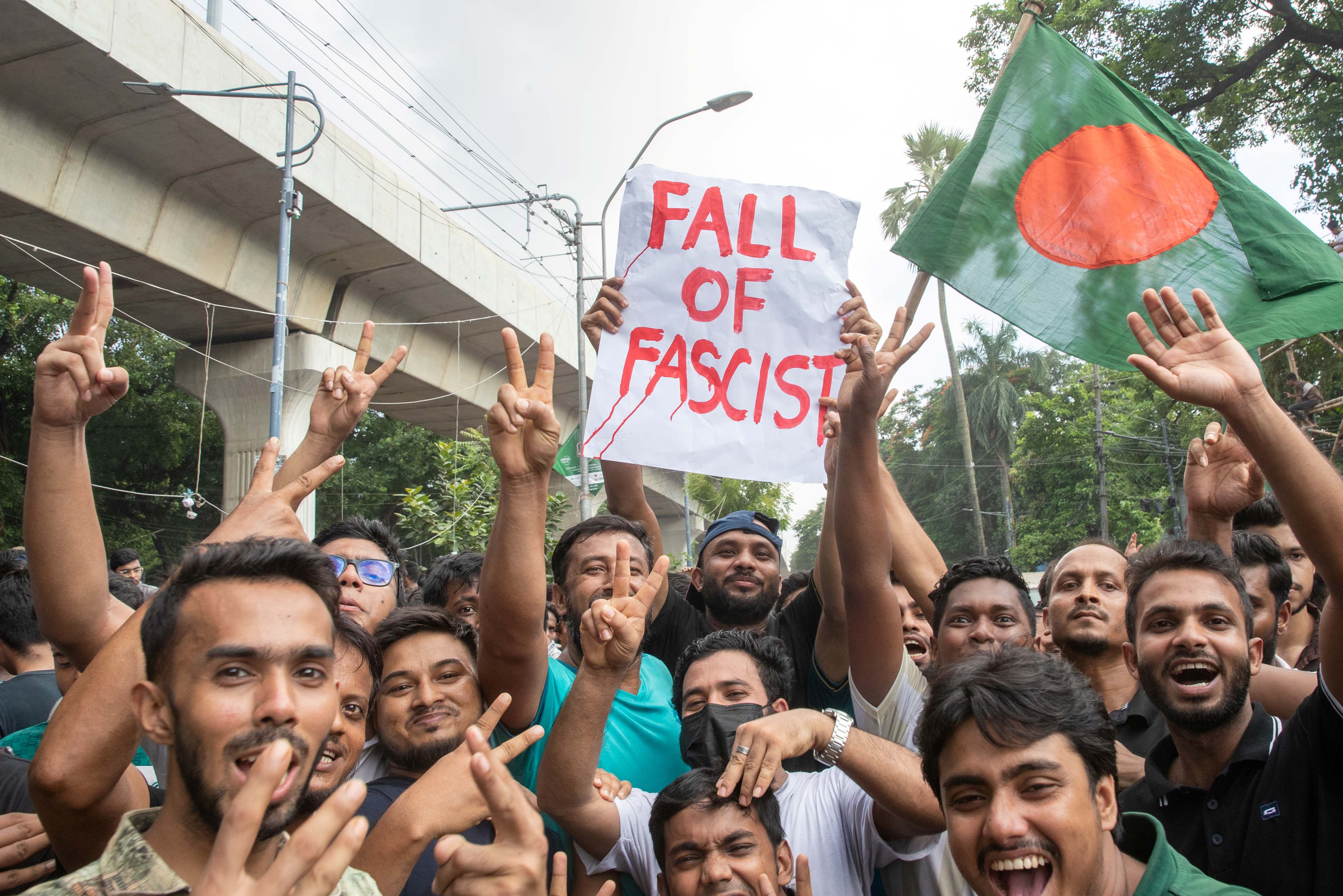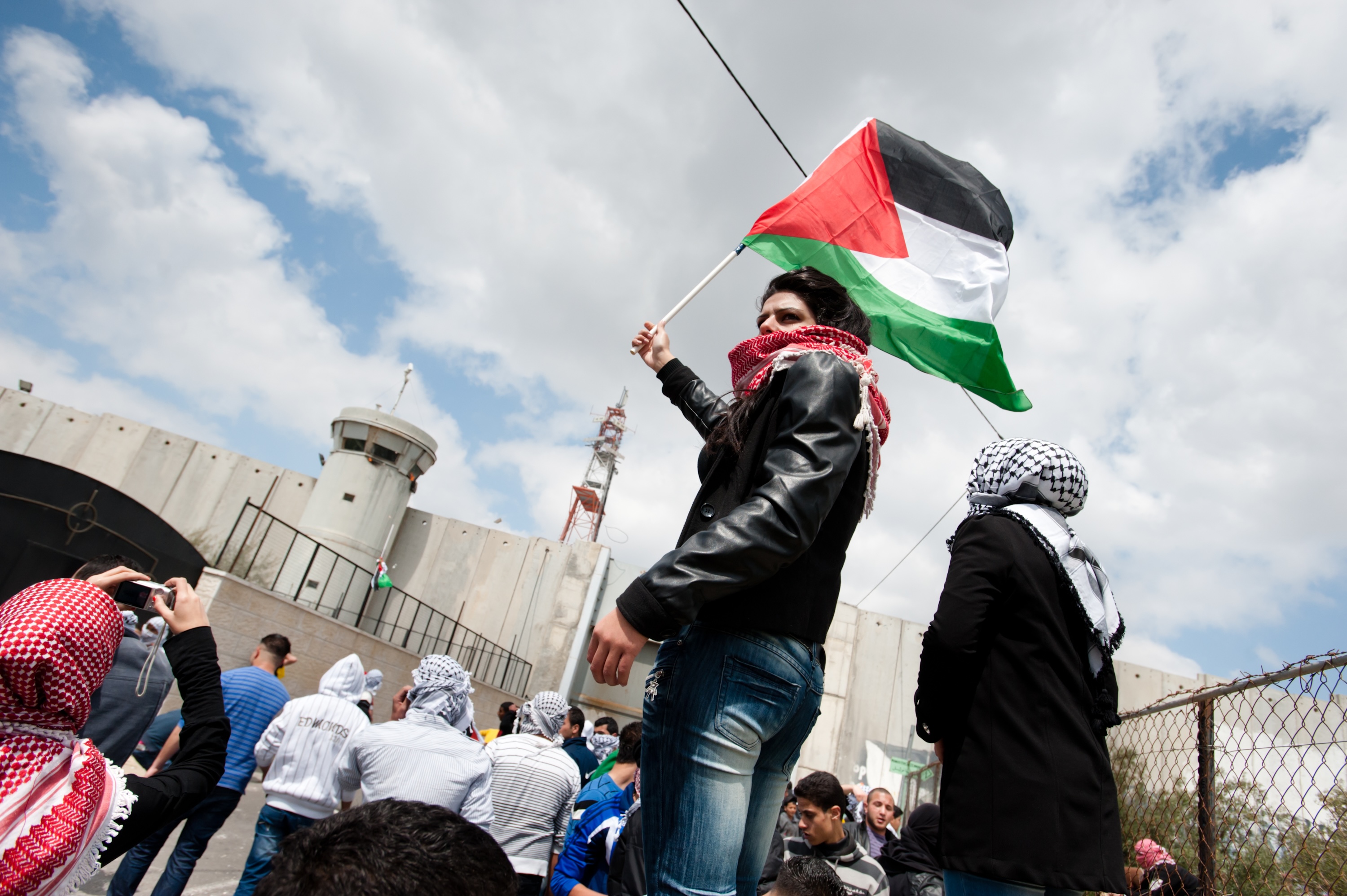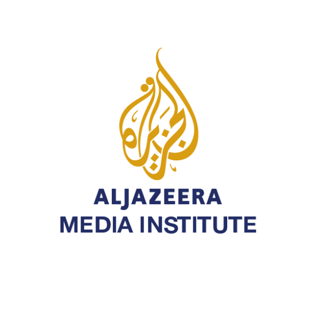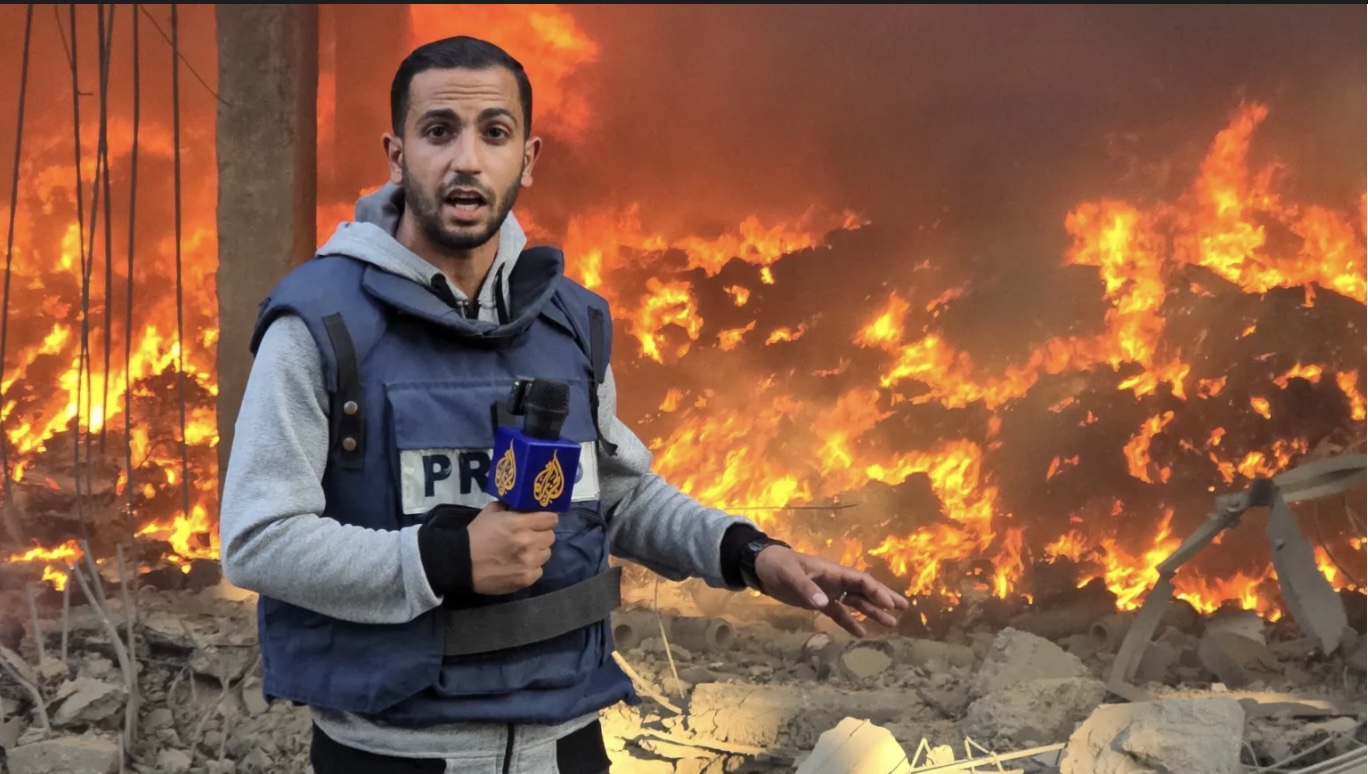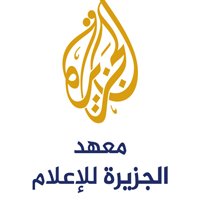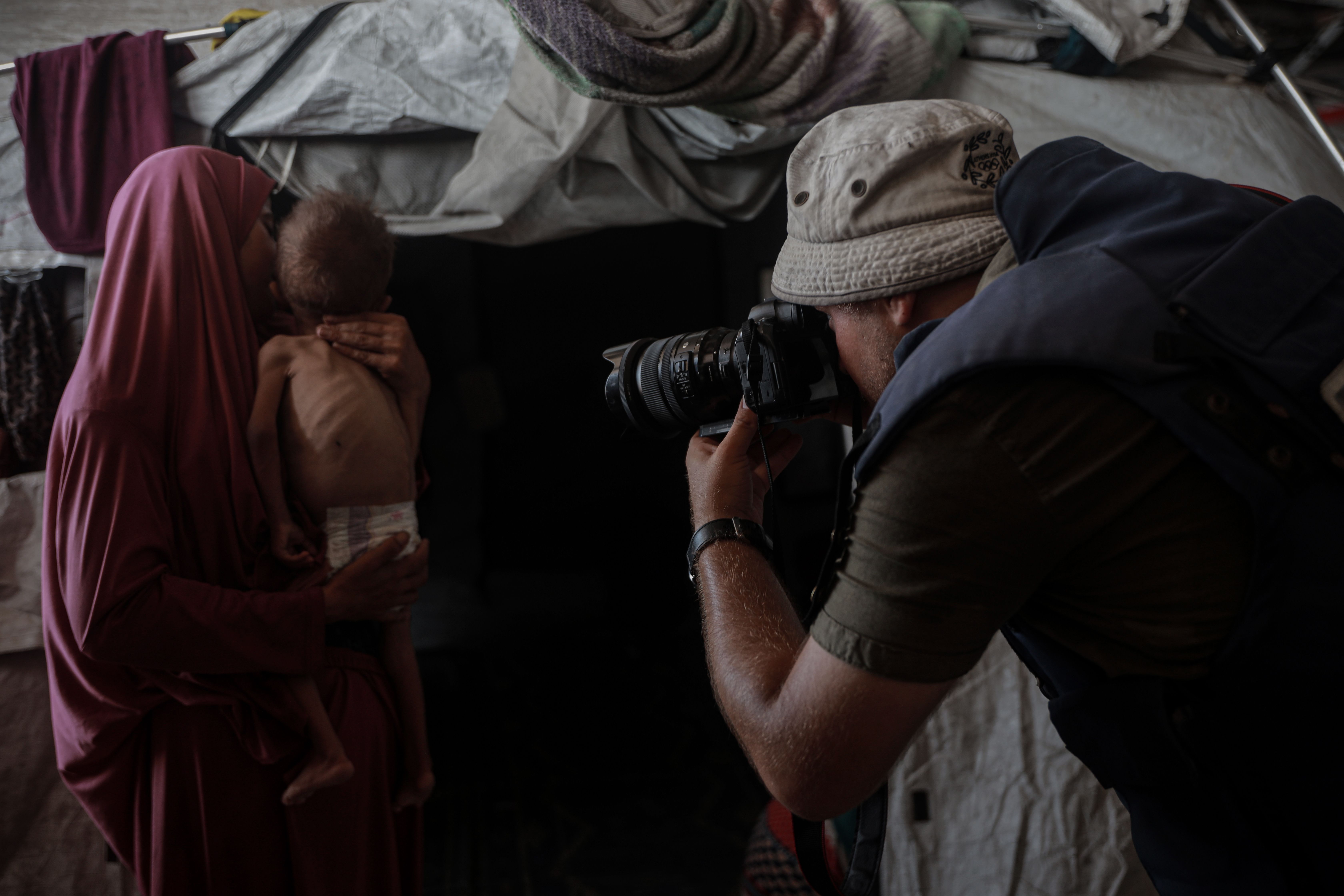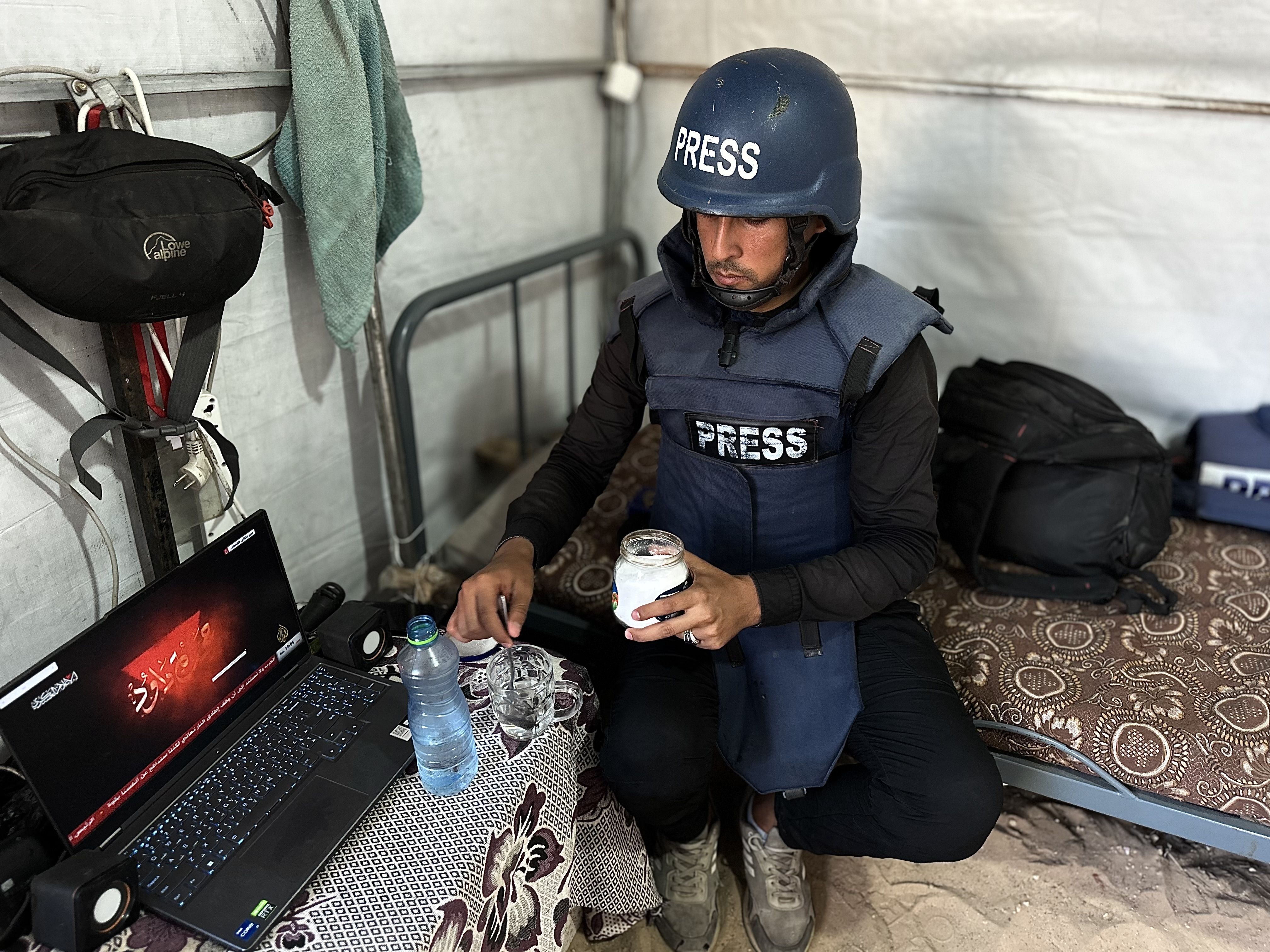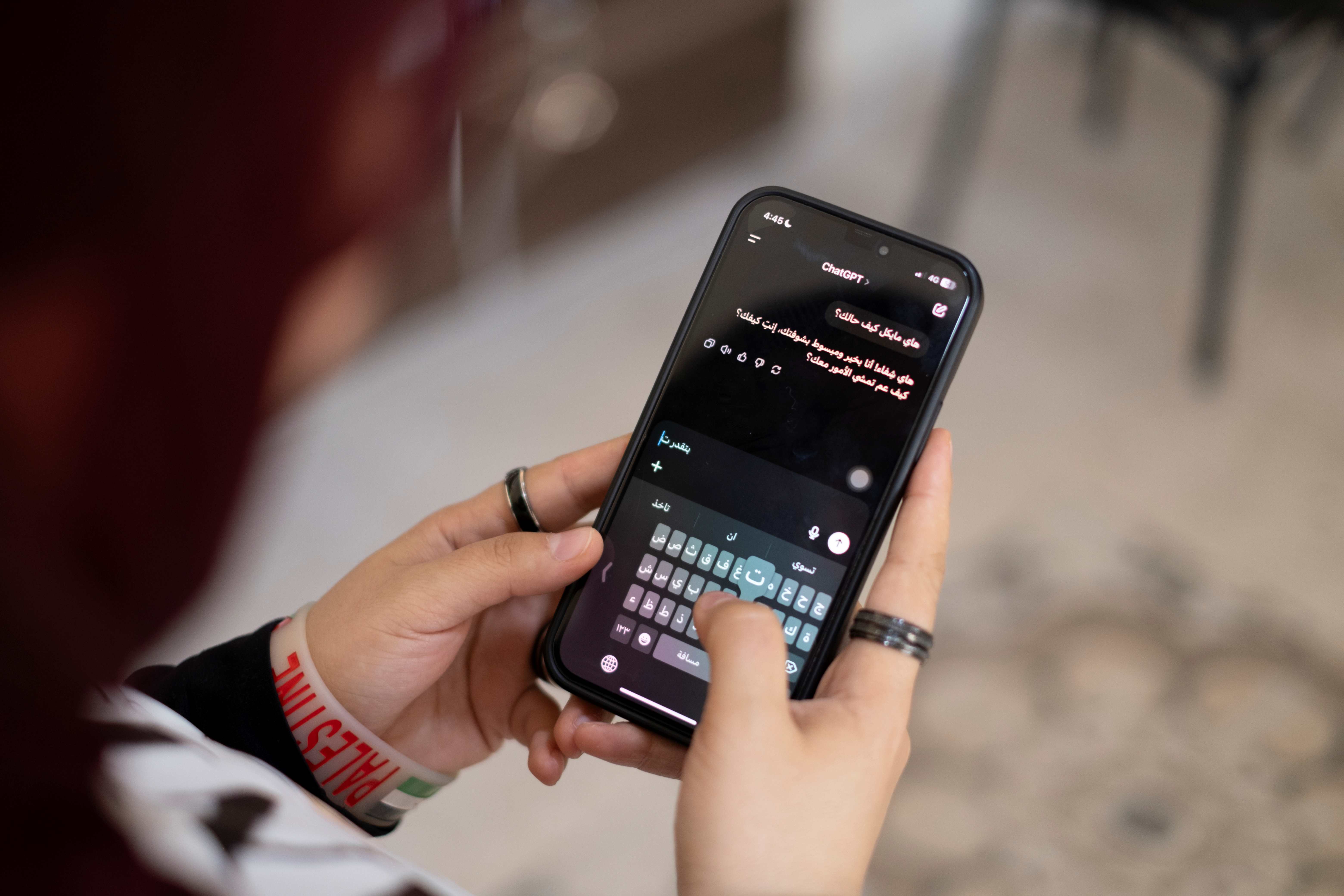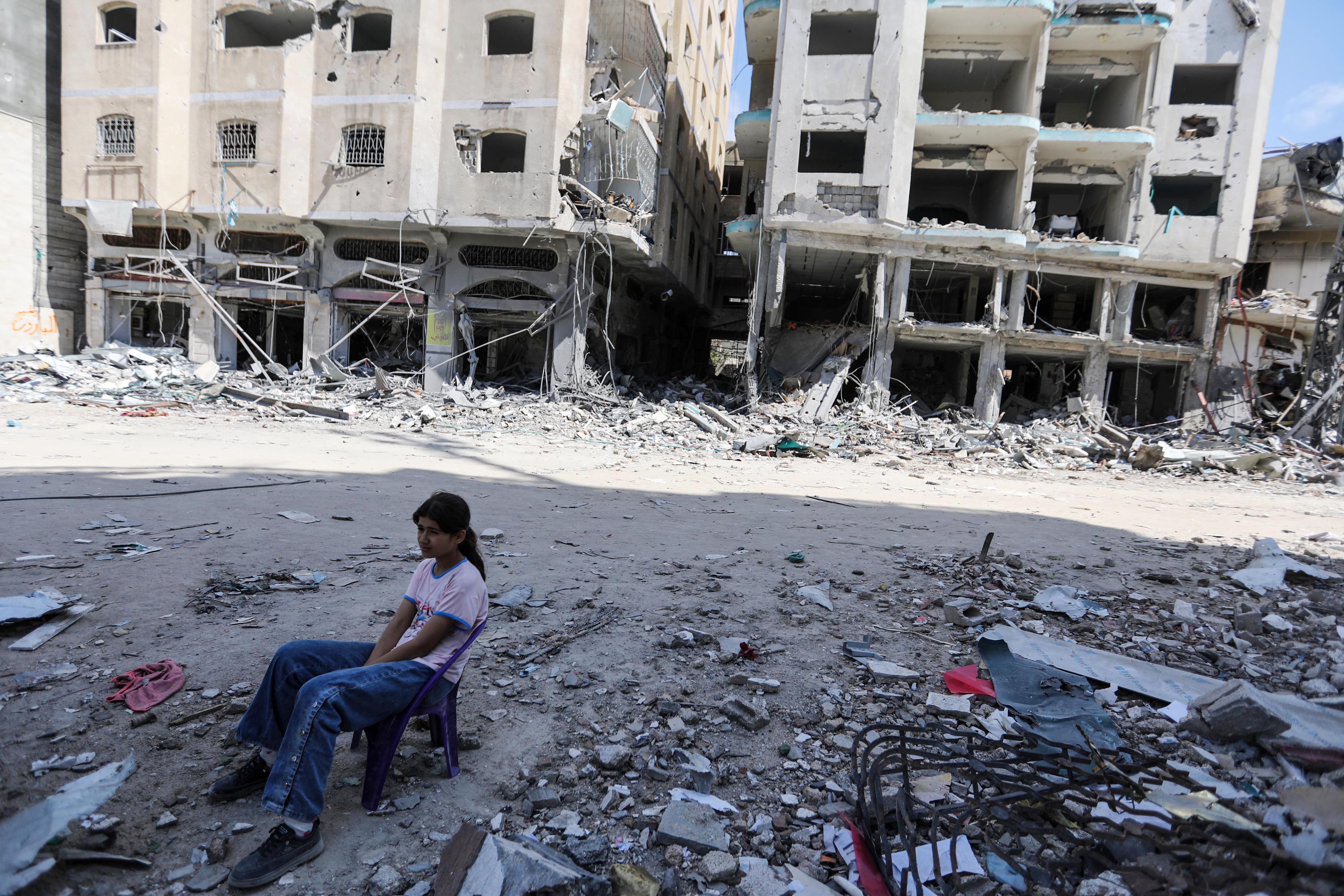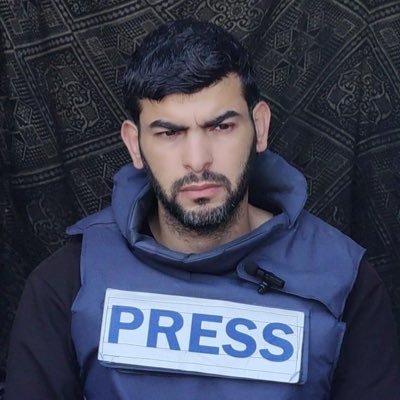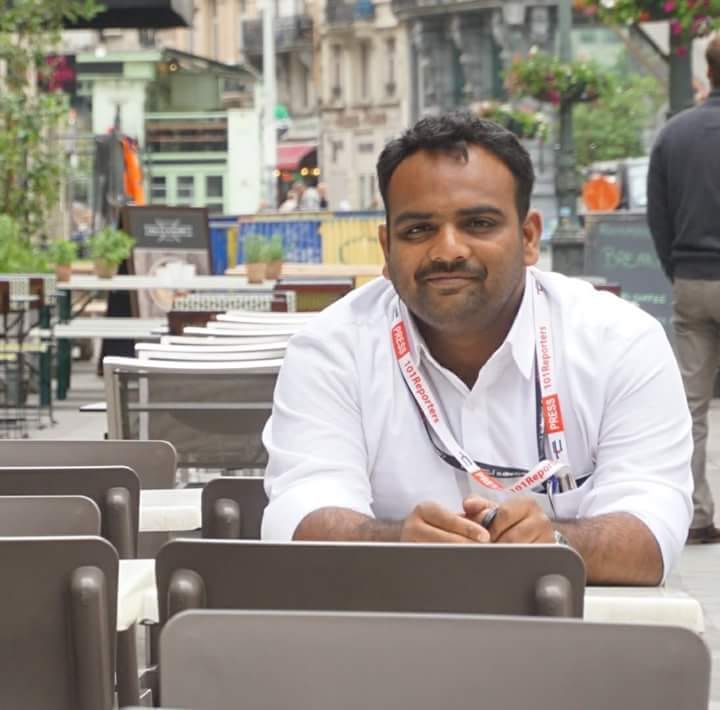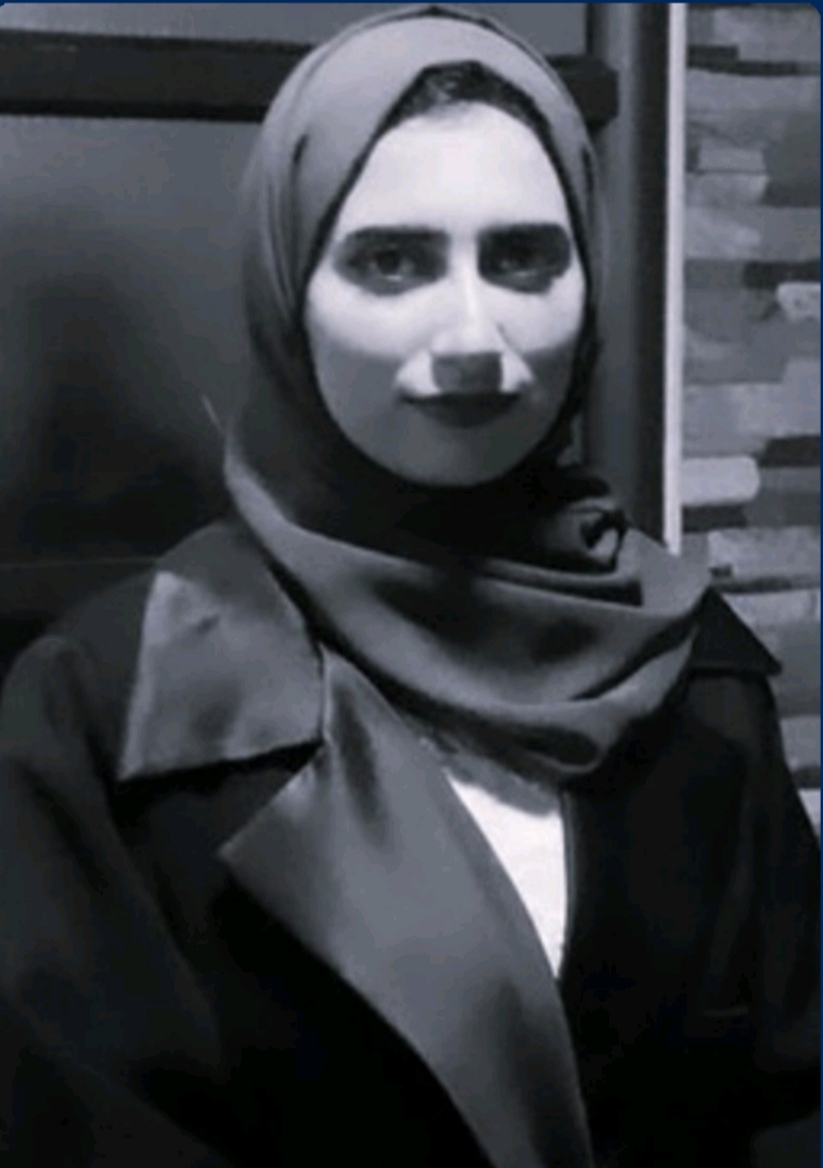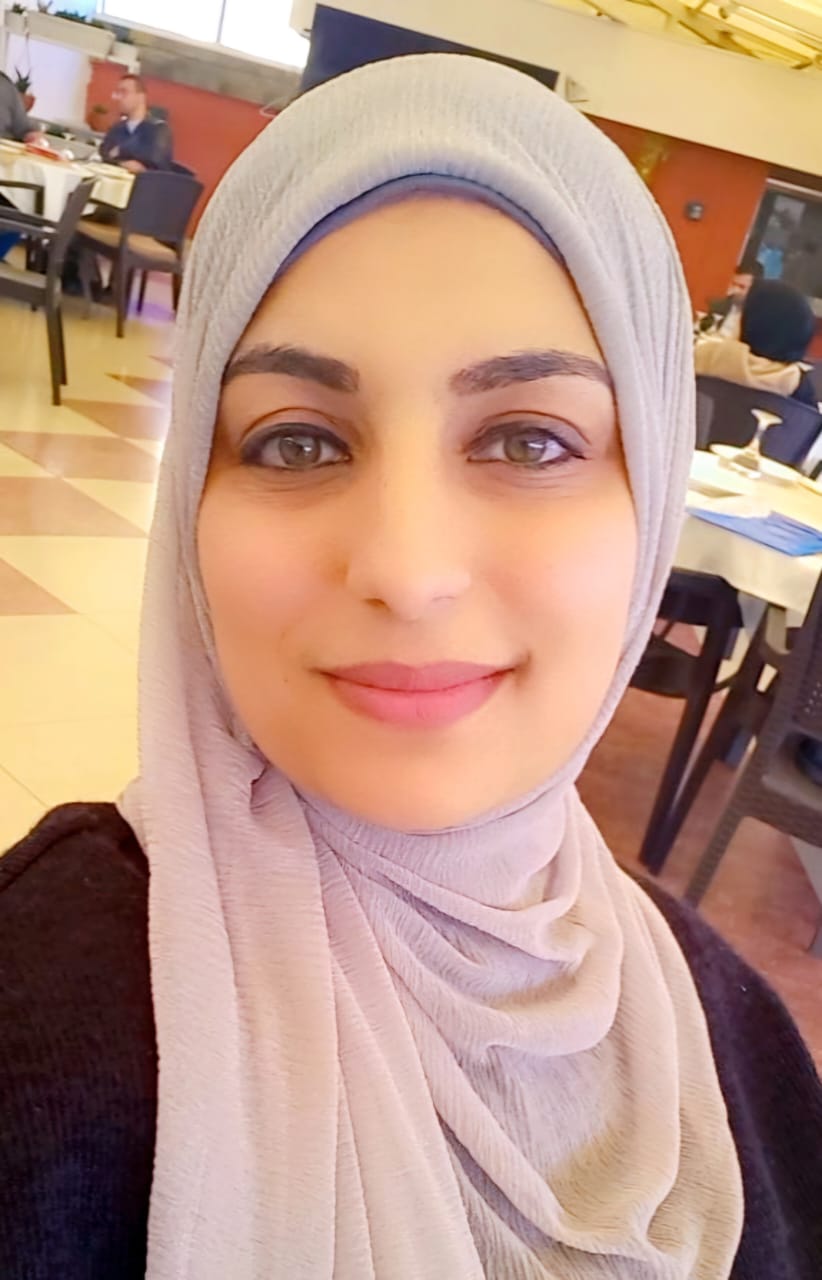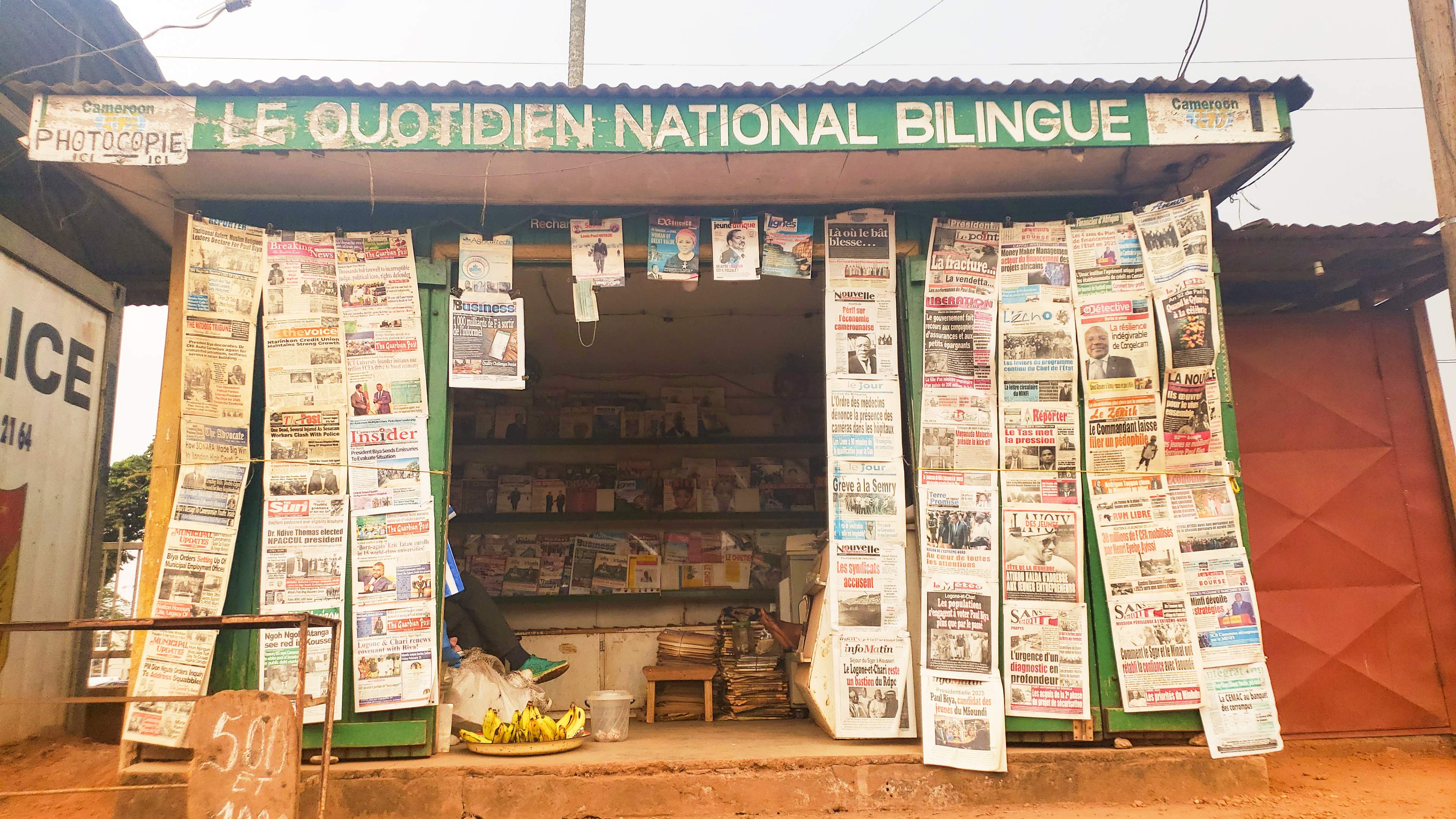تتشكل الفكرة من نواةٍ صغيرةٍ تكبرُ مع حالةٍ مستمرةٍ من البحث أو الجدل، تشبهُ تماماً تدحرج كرة الثلج من قمة الجبل. هكذا تكونتالنواة الأولى لفيلم "مقتل السيناتور"، أثناءَ قراءتي لقصيدة "سرحان يشرب القهوة في الكافيتريا" للشاعر الفلسطيني محمود درويش، توقفتُ حينها وتساءلت: "ما أخبار سرحان بشارة سرحان؟".
بحثتُ عن سرحان الذي ترسخَ في ذاكرتي كمتهم أدين باغتيال السيناتور روبرت كينيدي، المرشح الأبرز والصاعد نحو الرئاسة الأميركية، فوجدتُ في المحتوى الرقمي العربي الكثير عن الطلاسمَ، كالحديث عن "التنويم المغناطيسي"، والسيطرة على العقول عن بعد، و"الرموز في الكتابة الآلية"، والسحر الأسود، والموساد، والسي آي إيه، والمافيا، وغيرها من كلمات مفتاحية تحملُ الإثارة والغموض والتشويق!
لم يكن المتوفر كافٍ، كان لابد أن يتجهَ البحث نحو مسارٍ جديد، فقررت البحث في المحتوى الرقمي الأميركي.. في الوثائق والشخصيات ذات العلاقة بالقضية، وهنا جاء الفتح الأكبر لتدشين هذه الفكرة، لتكونَ مشروعَ فيلمٍ جديد.
على عكسِ التناول العربي، يُنظر في الغرب الأميركي إلى سرحان سرحان كـ"حالة" خضعت -ولا تزال- للدراسة والبحث، نظراً لارتباطها ليس فقط باغتيال روبرت كينيدي، وإنما بعلم النفس والاجتماع والقانون والقضاءوالجريمة واللجوء والاستخبارات.
أثناء التجوال البحثي في الفضاء الرقمي الأميركي، وقعَ بصري على كنز إلكتروني، إنه موقع "Sirhan Reserchers"، لـ"الباحثة المفوضة في شؤون سرحان سرحان"، نعم هذا وصف روز لين مانجان، أخذتهُ بتفويض من سرحان لبحث حالته وتوثيق تاريخهِ، فقضت أربع عقود في جمع كل ما يتعلق به حتى شملت مقتنياته الشخصية -كالساعة مثلا- إلى الوثائق بأنواعها المختلفة، والمراسلات الخاصة بقضية اغتيال روبرت كينيدي، ورأي الشهود، ورأي القضاة، والمختصين في علم النفس والقانون والجريمة، وضمنت تعليقاتها الخاصة، ورسائل وجهتها إلى المعنيين في الحكومة الأميركية.
في غضون ذلك، بدأت تتشكل الصورة وتتضح معالمها مع بروز أسماء جديدة في البحث؛ ليسا بييز الخبيرة المختصة في قضايا الاغتيالات في أميركا، لها رؤية ورأي، انطلاقاً من قرائن وأدلة تقول إن أن سرحان "كبش فداء". أيضاً أحد محامي الدفاع وليام بيبير، وربما من بين الشخصيات المهمة الشاهد بول شريد الذي عادَ إلى المحكمة ليطعن بشهادته الأولى، ويؤكد على براءة سرحان من دم كينيدي، مستنداً إلى مجموعة من الأدلة في حوزته!
كل هذه الأدلة، علاوة على رأي الخبراء وبعض شهود العيان، دفع ابن روبرت كينيدي للطلب من السلطات الأميركية إعادة فتح التحقيق الخاص بوالدهِ، فما الذي جاء في "تحقيق خاص" لـ"مقتل السيناتور"؟
في دائرة النقاش والمتابعة
أخذت فكرة "مقتل السيناتور"، وتطويرها، وبحثها، وصياغتها لاحقا في مشروع بحث أولي، مدة تصل إلى ثلاثة أشهر، توزعت بين القراءة، والمراجعة، والتحقق من المصادر، والصياغة.
ومن الأهمية بمكانٍ، الإشارة إلى نقاش الفكرة أو المشروع، في محاولةٍ لمعاينته بعينٍ أخرى، والنظر إليه من زاوية جديدة؛فكان المخرج بشار حمدان– المنتج حينها في برنامج "الصندوق الأسود" – أول من استقبلها، في نهاية العام 2015. وبالنظر إلى طبيعة عملهِ، فقد خضع المشروع لقراءته ومراجعته، ودارت حوله عدة نقاشات.
انتقلت متابعة مشروع الفيلم لاحقا إلى المُنتِجَين في برنامج "تحقيق خاص" سمير الشمايلة وخالد النويري، إذ عملا على مراجعة وتقييم الفيلم والتأكد من مطابقته للسياسات التحريرية، ولشروط ومحددات البرنامج القائمة على الاستقصاء وكشف ما هو جديد.
وعلى الضفة الأخرى، فإن المنتج والمخرج إيهاب خمايسة -من شركة طيف للإنتاج التلفزيوني- تابع ملف المشروع بعد إنجازه بشكلهِ وصياغته النهائية، إذ كتب المعالجة الأولية (الرؤية الفنية)، انطلاقاً من مادة البحث، وما تضمنته من مصادر وأدلة وشخصيات، وهي المرحلة الثانية التي انطلق فيها المشروع نحو التنفيذ، عبر تشكيل فريق العمل، الذي تكون من وائل أبو كريم، خالد الدعوم، محمد البشتاوي في البحث والإعداد، مساعد مخرج: وائل أبو كريم، مخرج مساعد: عميد عبدالحفيظ، ومن إخراج وسيناريو: بهية نمور.
على قلق..
كان ثمةَ ما يشكل عامل ضغطٍ في ملف سرحان سرحان على فريق العمل، فالشخصيات المؤثرة ممن عايش الحدث وتعامل معه بشكل مباشر، أو كان شاهداً فيه، تخطى السبعين من عمرهِ، والبعض تجاوز الثمانين، ما يعني أن دنو الأجل قد يكون أقربَ إلى هذه الشخصيات من عدسة الكاميرا، وكان هذا أحد أكثر الهواجس الملحة أثناء الاشتغال على الفكرة، ودراستها، وبحث إمكانية تنفيذها.
ولأن الموت يأتي دون استئذان، فقد توفيت "باحثة سرحان سرحان" روزلين مانجان قبيل فترة قصيرة من العمل على إنتاج الفيلم. ولحسن الحظ أن "حالة سرحان سرحان" لم تكن منغلقة على مصدر بعينه، كما لم يكن هنالك "الشاهد الملك"، أو الراوي الأوحد الذي يمتلك الحقيقة، وإنما يشترك في بحثها وتأريخها مجموعة لا بأس بها، إلا أنها – أي هذه المجموعة –متقدمة في السن.
لم يكن هذا العامل الوحيد، ثمة عوامل أخرى تجعل من شدِّ الأعصاب في ذروته، محققةً صدر بيتِ شعرِ المتنبي "على قلقٍ كأنَّ الريحَ تحتي.."، وربما من أهم هذه العوامل – من وجهةَ نظري – أن هذا الفيلم، هو من الوثائقيات العربية النادرة التي تبحث في هذه المسألة المعقدة والشائكة بشكلٍ معمقٍ، وبعيداً عن السرد كما في الأفلام الوثائقية التاريخية، إذ يمكنُ تسميةُ تحقيق "مقتل السيناتور" بالعابر للحدود؛ فالشركة المنتجة –طيف للإنتاج التلفزيوني- قطعت آلاف الكيلومترات من الأردن نحو الولايات المتحدة الأميركية من أجل الخروج بفيلمٍ مدتهُ "45 دقيقة".
وبالنظر إلى الفيلم، والأسلوب المتبع في إنتاجهِ، القائم على التقصي في رواية تاريخ اغتيال روبرت كينيدي، وتناول فرضيات متعددة، وما قدمه التحقيق من تفاصيل دقيقة ومهمة، فإن البعض ظنَّ أن الفيلم من إنتاج شركة أجنبية (غير عربية)، وفق ما يوحي الإطار العام للفيلم، وما يقدمهُ المضمون، ليؤكد هذا العمل أن بعض الشركات العربية يمكنها الإنتاج "خارج حدود بلاد الضاد"، وفي ملفاتٍ شديدة التعقيد، إن توفرت لها الإمكانيات اللازمة.
ربما لا يجدُ الباحثُ المتمرس قلقا في الوصول إلى المصادر، وجمع الوثائق المطلوبة منهُ، بيدَ أن تلك المهمة تمثلُ "العتبات الأولى" في رحلة الإنتاج الشاقة، لاسيما حين يتعلق الأمر بنطاقين: التاريخ والتقصي، فكل واحد منهما يمثلبذاته حقلا من الألغام، فكيف إذا اجتمعا؟ يصبحُ حينها الوصف أقرب لتصور الأديب الراحل غسان كنفاني للحرب: كالوقوفِ بين رصاصتين؟ في هذه الحالة لا يمكن السيرُ كيفما يشاءُ فريق العمل، إذ لابد من خطوات مدروسة وعملية كي لا تكونَ ثمةَ قفزة، أو خطوةٌ في الفراغِ، ينتج عنها فجوة، أو خطأ قاتل..، وهنا مكمنُ القلق.
رغمَ الحرص الذي يبديه المُنتج - غالباً - حيال هذه الأعمال، نظراً إلى أهمية تناولها، وحساسيتها لدى المشاهد، إلا أن الجدل حولها لا ينقطع، بل يمثلُ عرضها فرصة لمساجلةِ التاريخ عبر التقصي. نذكر هنا أفلاماً جمعت نطاقي القلق، ونخص بالذكر أفلاما بثت عبر قناة الجزيرة، مثل: تل الزعتر.. خفايا المعركة، أبو القعقاع السوري، أبو نضال – البوصلة والبندقية، "مقتل عرفات.. الجزيرة تكشف سر موته" وغيرها من أفلام شبيهة.
ولنلاحظ أن هذه الوثائقيات تتناول أحداثا وقعت في التاريخ المعاصر، اتبع فيها المنتجون المنفذون أسلوب الاستقصاء، وأيضاً أن معظمها يتحدث على الأغلب عن شخصيات ثار حولها الجدل تاريخيا، لأنها لعبت دوراً مفصليا في محطات محددة، ومثلت بما تحملهُ من حضور تحولا جذريا، سلبا كان أو إيجابا.
بين سرد التاريخ والتقصي
تَغرقُ بعض الوثائقيات التاريخية في السرد المجرد، دون أي إضافة، ولو بتوجهٍ بسيطٍ نحو التحقيق، لنكون أمام إعادة تصوير الأحداث في قالبٍ سمعيٍّ بصريٍّ، قد ينجحُ في تحقيق المتعةَ لمشاهديهِ إن أحسن الإنتاج، وهذا مطلوب بحدِّ ذاته، إلا أنه قد يكون من الأفضل لو خصص حيزا، ولو بسيطا للتقصي في التاريخ.
في المقابل؛ قد يتحول الفيلم الوثائقي التاريخي القائم على النبش والتقصي إلى "وثيقة" يمكن الرجوع إليها، وهنا يكمن الفرق، بين التقصي في التاريخ لإنتاج فيلم من خلاله، وبين "المخرج السارد" الذي يقدم لنا التاريخ مجرداً كما وجدهُ مدوناً، أو مؤرشفاً بصيغهِ المتعددة.
وفي "مقتل السيناتور"، انطلق التحقيق نحو التاريخ من سؤال محوري مفترض: "من قتل روبرت كينيدي؟" ليعود فريق العمل إلى مسرح الجريمة المتمثل في فندق الأمباسادور، الذي ألغي تماما وبنيت فوقه مدرسة، ومن ثم الانطلاق لإعادة صياغة التاريخ، وتقديم رواية مقتل كينيدي من زاوية جديدة.
اتخذ فيلم "مقتل السيناتور" من التقصي أسلوبا أساسيا في إعادة بناء الرواية وتركيبها مجددا، خلافاً للصورة الشائعة والراسخة، القائلة بـ"قاتل، قتيل، حكم محكمة"، وهذا يفتح البابَ أن النتائج الصادرة في التاريخ ليست بالضرورة قطعية ولا تقبل النقاش، والحديث هنا عن التاريخ المعاصر، بيد أن الأمر ليس اعتباطاً، وإنما يجب أن يستند إلى قرائن.
في هذا الوثائقي أسست المخرجة بهية نمور رؤيتها وفق سياسة "الصهر"، صهر الكل في بوتقةٍ واحدةٍ، استنادا إلى جملة من الأدلة والوثائق والأرشيف المرئي، وتحليل تسجيلات الصوت في ضوء تطور التقنيات الخاصة بهذا المجال، واستخدام "الكروكي"، أو رسم توضيحي متحرك لتفاصيل مسرح الحدث (الاغتيال)، والعودة إلى الشخصيات الرئيسية في قضية اغتيال كينيدي، علاوة على عرض رأي المحللين والخبراء المختصين في هذا الملف تحديدا.
ورغم الكم المعلوماتي الواسع الذي جُمع حول اغتيال كينيدي وعلاقة المتهم المسجون حاليا، سرحان سرحان به، إلا أن نمور تمكنت من اختزال المادة الضخمة المتوفرة بين يديها في فيلم مدته 45 دقيقة، دون أن تحذفَ فرضيةَ، أو تُلغي شيئا من الأدلة قياسا إلى الرؤية المكتوبة في مشروع العمل. وقد كان الأمر على هذا النحو صعبا للغاية، وهذا ينطبقُ على أي فيلم، لاسيما في أفلام الاستقصاء.
عندما يمتلك المخرج أدواته
يمكن للمتابع أن يجدَ في سلسلة أفلام المخرجة نمور التدرج الذي تطورت خلاله أعمالها من الوثائقي، لاسيما في الموضوعات الفلسطينية، وهي إحدى ما تميزت به "طيف"، وصولاً إلى الاستقصائي، الأمر الذي وظفته في "مقتل السيناتور"، إذ ثمة قلق خاص وحصري بالمخرج عليه أن يعالجه، يتعلق بعملية صهر المحتوى. وهي عملية تشبه صهر المعادن، أي عليه أن يجانس بين مكونات محددة لينتج معدنا ثمينا، فإن أخفق في صهر تلك المكونات في بوتقة واحدة، خسر المنتج ومكوناته.
لم تكن عملية الصهر في فيلم "مقتل السيناتور" سهلة، ولنلاحظ هنا تعدد الفرضيات، وكثرة القرائن الدالة على وجود قاتل آخر مفترض غير سرحان، وثمة أيضا وجهات نظر تنطلق من خلفيات متباينة في حقل الاختصاص، علم النفس، الطب الشرعي (التشريح)، علم الاجتماع، القانون والقضاء، علم الجريمة، التاريخ السياسي، التحقيقات الشرطية، وحتى الصحافة والإعلام؛ إذ من بين الشهود من تخصص في متابعة هذه الحالة ودراستها وإنتاج مواد بشأنها، وثائقية وصحفية. ولا ننسى في هذا السياق دور المصور الهاوي الذي التقط صورا لمسرح الحدث –أُتلف لاحقا الجانب المتعلق بلحظة الاغتيال تحديدا– والمقطع الصوتي الذي صادف أن نسي أحد الصحفيين إغلاق خاصية التسجيل، فسجل 14 صوتا لإطلاق الرصاص مع أن مسدس سرحان به 8 رصاصات فقط.
وللتوضيح أكثر، أقتبس مقتطفا من مقال نمور حول هذه المسألة إذ تقول: "قد تهون كل الصعوبات التي يواجهها مخرج الفيلم الاستقصائي في مرحلة جمع المعلومات والوثائق وحتى التصوير أمام ما يواجهه في غرفة المونتاج وما تتطلبه صناعة الفيلم من إيجاد المعالجة الفنية المناسبة وترتيب الأحداث وفق تسلسل مشوق يحفظ القيمة الموضوعية والبصرية وبالضرورة القيمة الفنية للفيلم" (1).
هامش:
(1) ليس مجرد عشق للكواليس، مقال لبهية نمور، ملف "حرقة الاستقصاء"، مجلة الدوحة، مايو 2017، العدد 115 (إعداد وتنسيق: محمد محمود البشتاوي).
